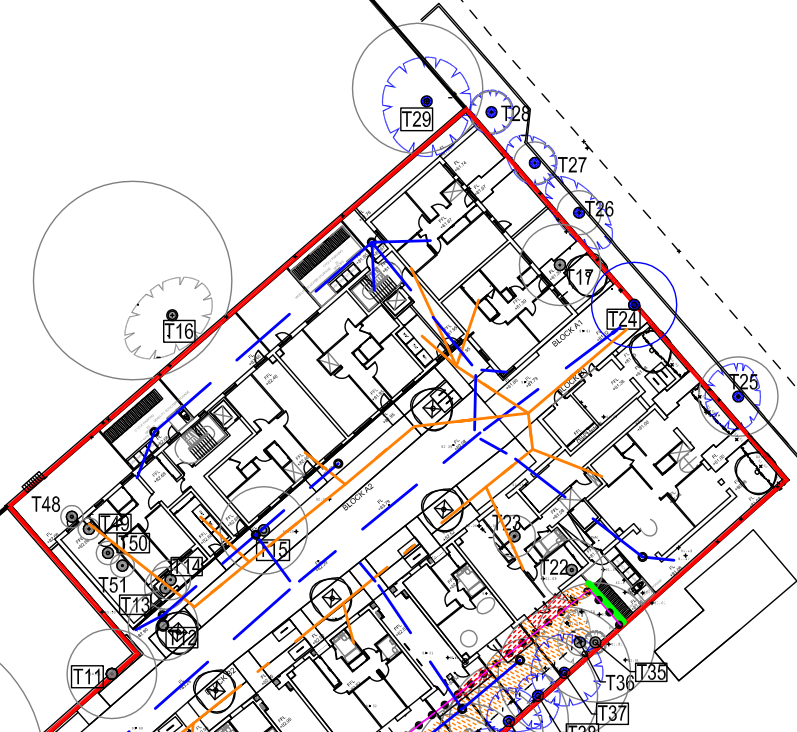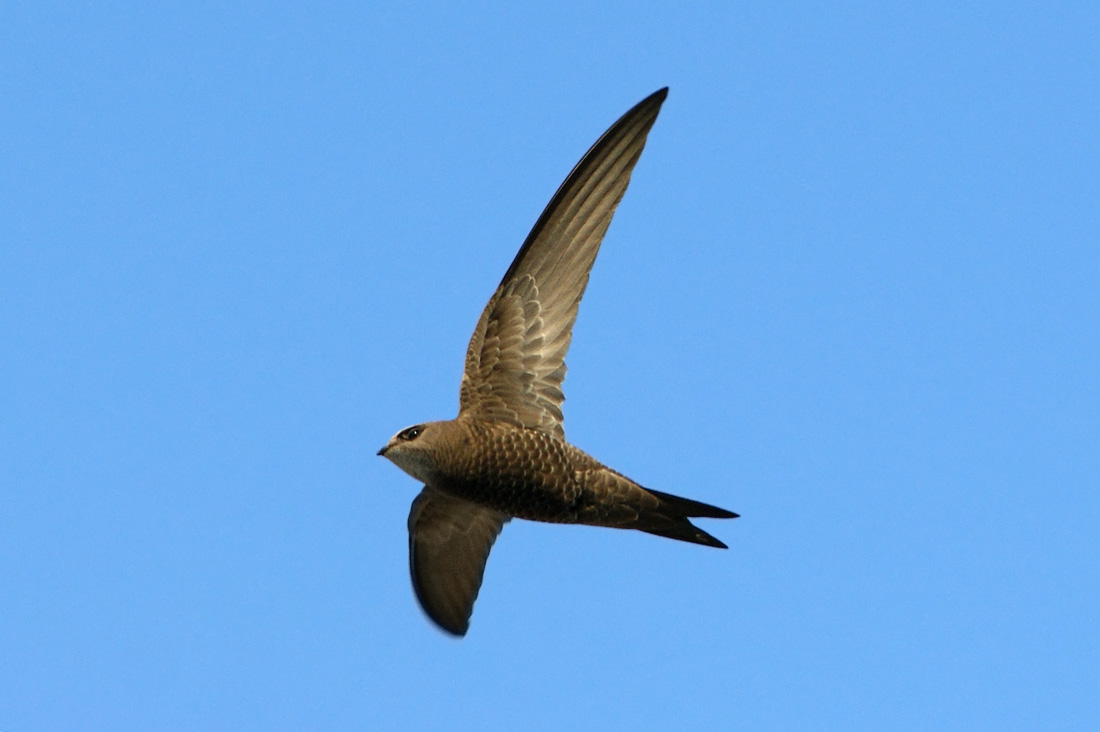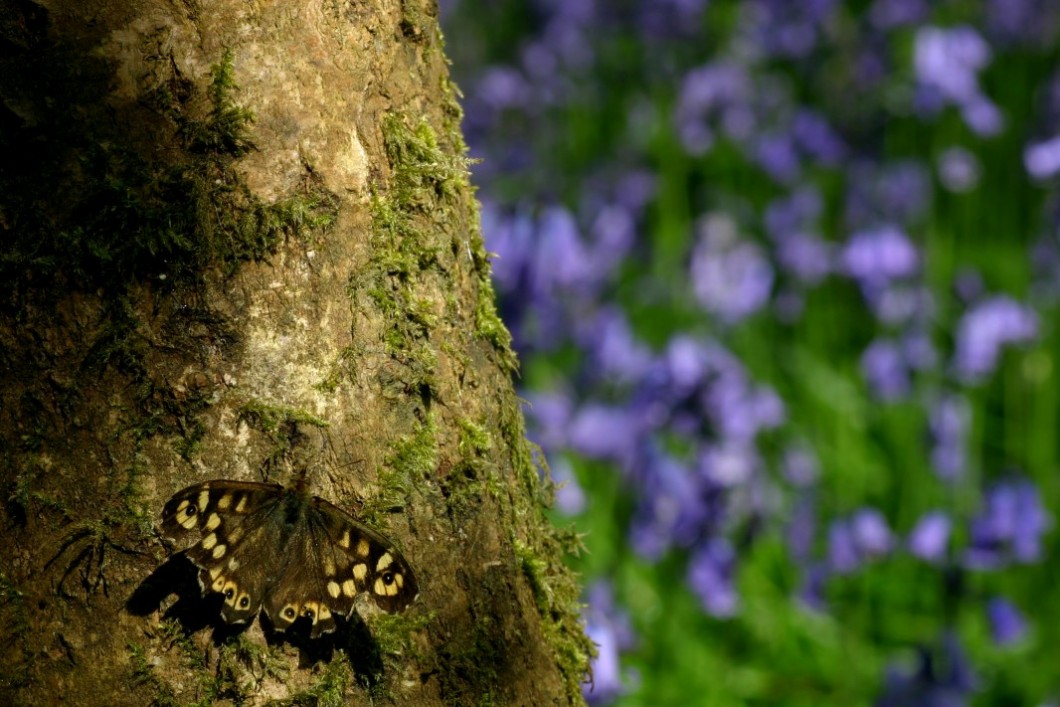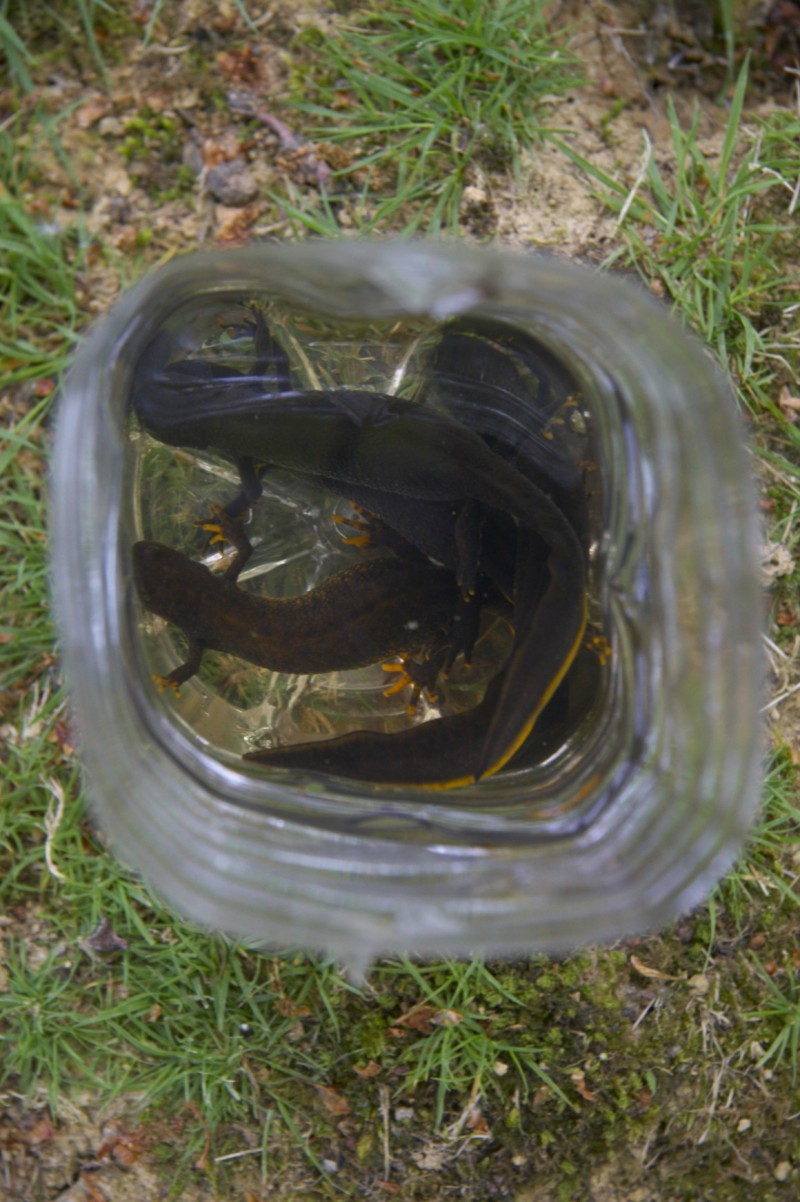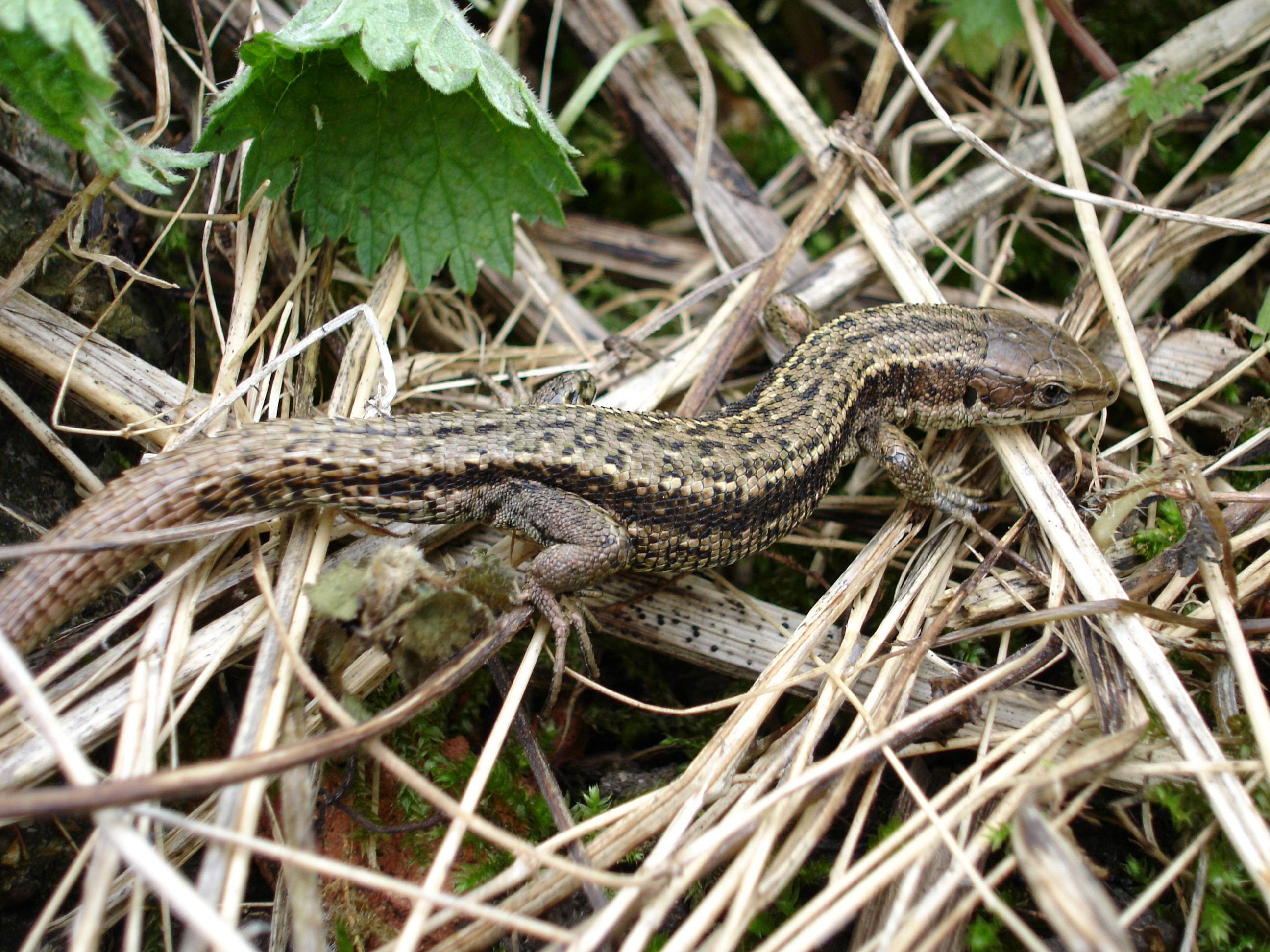This Site of Special Scientific Interest (SSSI) has a large great crested newt population associated with the ponds located through the overall site. When it became apparent in 2014 that a wall restoration project could potentially impact upon great crested newts, GreenLink Ecology Ltd. was able to implement a precautionary mitigation strategy, to facilitate the continuation of the works and avoid the risk of impacts to the species, without the need for a European Protected Species mitigation licence to be applied for.
GreenLink Ecology Ltd. has been involved with this Sevenoaks School on various planning applications since 2012 and most recently undertook bat survey work to inform a European Protected Species mitigation licence application. Planning permission for this site also required the installation of multiple bat, bird and dormouse boxes throughout the grounds, which will be monitored to assess their effectiveness.
In 2014, GreenLink Ecology Ltd. undertook survey work in accordance with BS5837:2012 “Trees in relation to design, demolition and construction – Recommendations” for this small School site in Islington. Detailed protection measures were designed into the scheme, along with calculations to ensure that the proposed works would not result in a long-term reduction in overall canopy cover.
Detailed survey work conducted in accordance with the Bat Conservation Trust 2012 guidelines, recorded the presence of maternity roosting brown long-eared and common pipistrelle bats at this site in 2015 and therefore, to comply with the legislation a European Protected Species mitigation licence was successfully applied for. The method statement was implemented by appropriately experienced and licensed ecologists from GreenLink Ecology Ltd. on time and within budget.
A local resident informed local media about the presence of breeding swifts in a building to be demolished in Maidenhead and the client worked in conjunction with GreenLink Ecology Ltd. to monitor the nesting sites during the 2015 breeding season, until the birds migrated back to Africa. In compensation for the loss of the building, the client agreed to install multiple “built-in” swift nesting features on the new buildings, contributing towards a local conservation group’s objectives of increasing the number of breeding opportunities available for swift in the town.
To inform a planning application, GreenLink Ecology Ltd. undertook a variety of detailed protected species survey work during 2014 for badger, dormouse, great crested newt, breeding birds, reptiles and bats at this large site in the east of Dorking. Discretion was an important element of this work, as was sensitive liaison with local residents who were concerned about the impacts of the proposed scheme.
In 2012, GreenLink Ecology Ltd. undertook baseline ecology survey work for this site and further to planning permission being granted, implemented a complex mitigation strategy during 2015 for reptiles and other protected species. This involved habitat modification and creation, exclusion fencing, trapping and translocation of slow worms, common lizards and grass snakes, with the work being completed on time and under budget.
In 2010 GreenLink Ecology Ltd. successfully undertook a large great crested newt survey of over 100 sites throughout Kent, Sussex and Hampshire, working to a very tight deadline but completing the work on time and within budget.
To facilitate a small housing development in the village of Horsmonden, GreenLink Ecology Ltd. conducted a reptile mitigation strategy for an old orchard that had reverted to scrub, carefully relocating hundreds of common lizards and slow worms during 2011.
Graham Chiesman House was a derelict ex-care home located outside of Chislehurst that is currently undergoing reconstruction.
GreenLink Ecology Ltd.undertook reptile, bat and badger survey work for the site during 2013, subsequently applied for a licence from Natural England and implemented the mitigation/enhancement measures.



